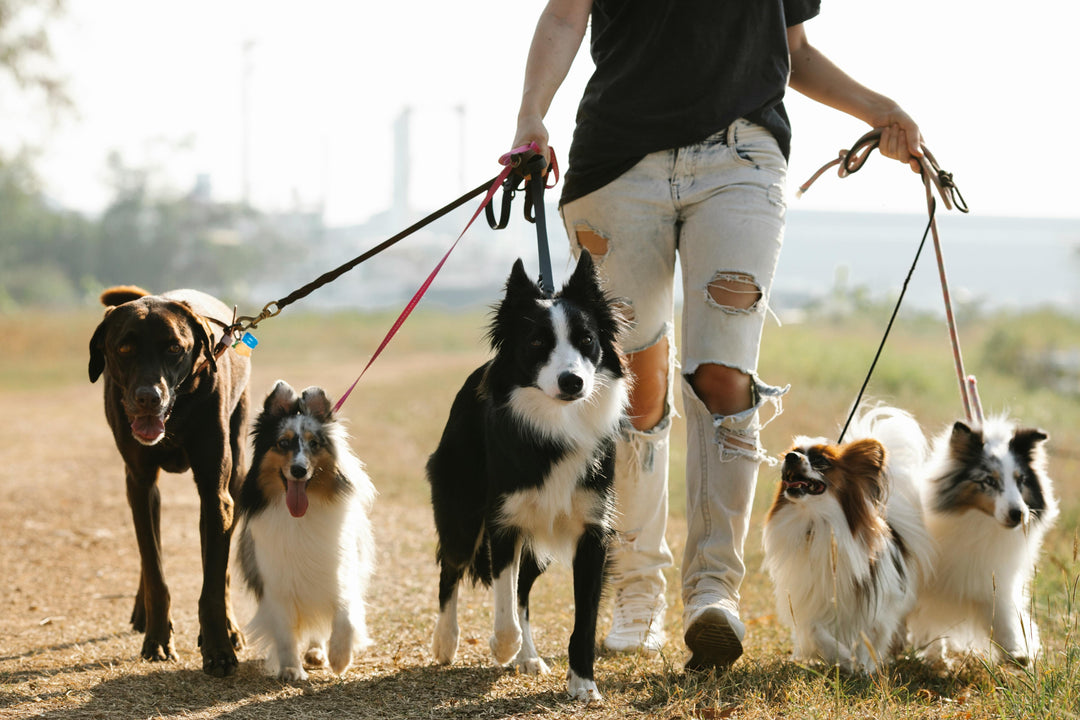How Breed May Influence Your Dog’s Learning Style
I don’t know about you, but I’m a “do it” learner. I can read and digest a good amount of material, and visual depictions are really helpful, but learning new things is easiest for me when I watch something being done, and then try it myself. This is also called emulation.
In humans, imitation (copying the process precisely), emulation (copying the end product without seeing the process), and innovation (trying something new within the same constraints) are primary ways that we transfer knowledge so we literally don’t have to reinvent the wheel.
By some definitions, how well we imitate, emulate, and innovate and uptake new information constitutes “intelligence.” But we are also starting to see that there are many types of intelligence that are unique to an individual’s goals and environment.
Defining dogs’ “intelligence” is tricky
Some dogs seem to have “innate” intelligences when it comes to certain tasks. For example, I never “taught” my hound how to lift his front paw, stretch his back leg out and stand very still, but he sure does it well when he’s stalking a squirrel.
He’s also very good at clearing obstacles and dodging— a skill that we have honed in novice sport work, and one that I see him practice regularly in the woods when chasing small critters.
Other dogs learn very quickly how to alert to potential danger, or to use their noses for detection. This list goes on, and depending on the dog - and often the breed - this innate knowledge or ability to learn quickly can vary wildly.
According to Dr. Erin Hecht, the things that dogs are “smart” about may be related to their breed (or, in my dog’s case, mix of breeds) and how their brains are structured a little bit differently.
Using MRI to study the brains of 63 dogs representing 33 different breeds, Hecht and her team found that some of the behaviors we associate with different breeds – like hunting, guarding, herding, and even companionship – actually track to the anatomy of their brains.
They found that sight hunting and retrieving, for example, involved brain regions active in vision and navigation. But an important point Hecht makes about the team’s findings is that some skills that might seem “natural,” like scent hounds being good at tracking, actually involve more complex neural processing systems than simply a strong olfactory circuit.
Brain structure can prepare dogs to pick up certain skills
When it comes to a skill like herding, Hecht likens it to humans and language. That is, the brain is set up for the task, but it still takes exposure to develop the skill.
She says, “Learning plays a crucial role, but there’s clearly something about herding that’s already in their brains when they are born. It’s not innate behavior, it’s a predisposition to learn that behavior.”
The most important take-home is that no one breed is smarter than another.
Hecht and her team’s research suggests there’s not one type of “intelligence” when it comes to dogs. Rather, some dogs are better suited to learning certain things, in certain ways, and the structure of the brain is partially responsible.
Intelligence and Button Teaching
Contrary to common belief, the ability of a dog or cat to communicate with buttons isn't dictated by "innate" intelligence. Instead, every dog and cat has the potential to learn this skill. Understanding how their learning style impacts the teaching journey, helping you select the right starting kit and set you and your learner up for success.
Learning style doesn’t dictate if they can successfully communicate with buttons but when they will start to press. Recognizing and adapting to these styles is key to facilitating their learning and communication.
Bold learners are very open to trying new things and pick them up quickly. These learners often start using buttons more quickly due to their curiosity and eagerness. For these learners, we recommend one of our Key Vocab Kits, giving you plenty of buttons on hand for when this learner starts accelerating.
Steady learners are generally willing to try new things but at their own pace. It can take more time for these learners to start pressing as they absorb their environment, but their progress can increase rapidly once they do. Our Get Started Kits are perfect for steady learners, ensuring you begin with enough concepts that interest them and have extra buttons on hand as their learning picks up.
Hesitant learners are often cautious when trying new things. These learners are thoughtful, requiring patience and gradual exposure, starting with a few buttons and increasing as they grow more confident. Even if it takes them a month or more for their breakthrough moment, they will usually continue on a steady trajectory as they begin to understand how to use buttons for communication. We recommend either our Tester Kit or Get Started Kits for hesitant learners.


